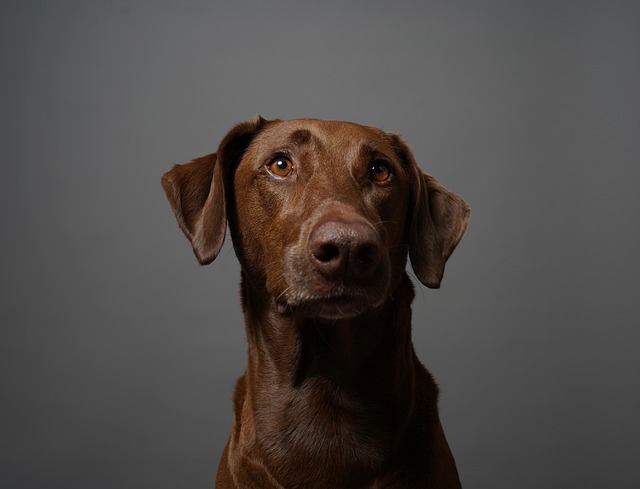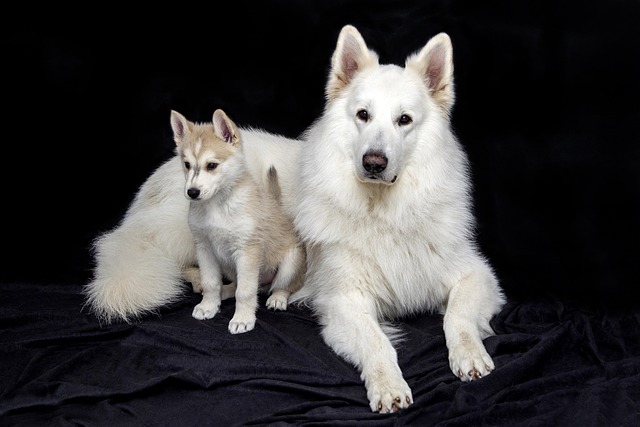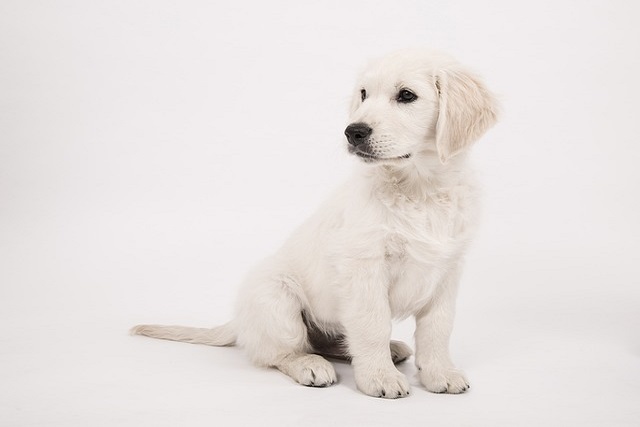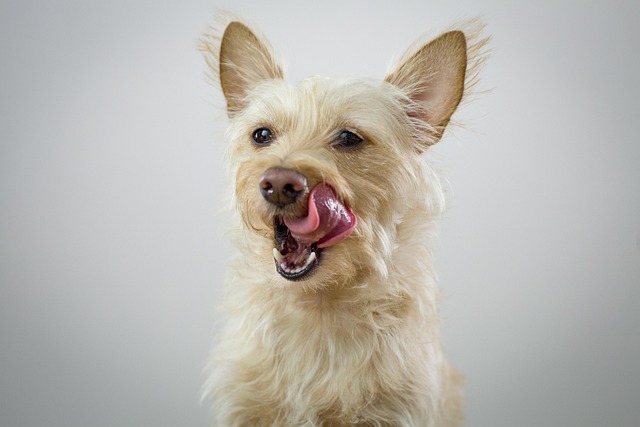Pet dogs are not only loyal companions in human life, but also important objects of emotional sustenance. Their health status always concerns their owners. Among them, dental health is a key part of canine health. To explore the best way to prevent canine dental disease, it is necessary to systematically consider from multiple dimensions.
Canine dental disease is a common problem in pet medical care, and the formation of dental plaque is the beginning of this series of problems. When dogs eat, food residues interact with sugars and bacteria in saliva to form a sticky film on the surface of teeth, namely dental plaque. If not removed in time, the bacteria in dental plaque will continue to decompose food residues, produce acidic substances, erode tooth enamel, and cause caries; at the same time, acidic substances will also irritate the gums and cause gingivitis. Over time, dental plaque gradually mineralizes and hardens to form dental calculus. Dental calculus will not only further irritate the gums, but also cause gum atrophy, expose periodontal tissues, and eventually develop into periodontitis. Periodontitis not only causes severe pain to dogs, affecting their eating and quality of life, but in severe cases, bacteria may also enter other organs of the body through the blood circulation, causing lesions in important organs such as the heart, liver, and kidneys, threatening the life and health of dogs.
 Daily oral care is the cornerstone of preventing canine dental diseases, and brushing teeth is the most direct and effective way. Owners should get their dogs used to brushing teeth from an early age. They can start by gently touching the dog's mouth to gradually adapt to this contact. Choose toothpaste and toothbrushes designed specifically for dogs. Dog toothpaste usually has flavors such as chicken and beef, which can reduce dogs' resistance to brushing teeth. When brushing teeth, squeeze toothpaste on the toothbrush, gently lift the dog's lips, start from the outside of the teeth, and follow the direction from the gums to the crowns. Slowly clean each tooth in a circular motion. Be careful not to use excessive force to avoid damaging the gums. At the beginning, the brushing time can be shorter each time. As the dog gradually adapts, it can be extended to 3-5 minutes. It is recommended to brush teeth at least once a day. If the dog really resists brushing its teeth, you can also use oral cleaning wipes or finger toothbrushes. Although the cleaning effect is not as good as a toothbrush, it can also play a certain cleaning role.
Daily oral care is the cornerstone of preventing canine dental diseases, and brushing teeth is the most direct and effective way. Owners should get their dogs used to brushing teeth from an early age. They can start by gently touching the dog's mouth to gradually adapt to this contact. Choose toothpaste and toothbrushes designed specifically for dogs. Dog toothpaste usually has flavors such as chicken and beef, which can reduce dogs' resistance to brushing teeth. When brushing teeth, squeeze toothpaste on the toothbrush, gently lift the dog's lips, start from the outside of the teeth, and follow the direction from the gums to the crowns. Slowly clean each tooth in a circular motion. Be careful not to use excessive force to avoid damaging the gums. At the beginning, the brushing time can be shorter each time. As the dog gradually adapts, it can be extended to 3-5 minutes. It is recommended to brush teeth at least once a day. If the dog really resists brushing its teeth, you can also use oral cleaning wipes or finger toothbrushes. Although the cleaning effect is not as good as a toothbrush, it can also play a certain cleaning role.
In addition to brushing teeth, a scientific and reasonable diet is also crucial to preventing canine dental diseases. Choosing the right dog food for the dog is the key. High-quality dry dog food can play a certain role in rubbing the surface of the teeth during the dog's chewing process, helping to reduce the formation of dental plaque and tartar. Compared with wet food, dry dog food is more conducive to keeping teeth clean. But be careful to choose dog food with the right particle size. If the particles are too large, the dog will find it difficult to chew; if the particles are too small, the dog may swallow them directly and fail to achieve the effect of cleaning teeth. In addition, you can also feed the dog some tooth-cleaning snacks and toys appropriately. Tooth-cleaning snacks usually contain special ingredients that can inhibit the growth of dental plaque, and at the same time, they clean the teeth through mechanical friction during the dog's chewing process. And tooth-cleaning toys made of rubber, nylon and other materials can also play a role in cleaning teeth and massaging gums when dogs chew and play. However, tooth-cleaning snacks and toys cannot replace brushing teeth, but are only auxiliary means of daily care. Attention should be paid to controlling the amount of feeding and the time of playing to avoid affecting the dog's normal diet and digestion.
Taking the dog for regular oral examinations is also an important measure to prevent dental diseases. Veterinarians can use professional examination equipment to find potential problems in canine teeth and oral cavity, such as early caries and gingivitis. These problems may not be obvious in the early stage, and it is difficult for the owner to detect them by himself. Generally speaking, adult dogs should have an oral examination at least once a year. For older dogs or dogs with poor dental conditions, the frequency of examinations should be appropriately increased. During the examination, the veterinarian will also perform professional tooth cleaning for the dog according to the specific situation of the dog, including scaling, polishing and other operations, to thoroughly remove dental plaque and tartar on the surface of the teeth and under the gums, and prevent the occurrence of periodontal disease. If dental disease is found, the veterinarian will formulate a corresponding treatment plan in time to prevent the condition from further deteriorating.
Preventing canine dental diseases is a process that requires the owner's continuous attention and dedication. Every careful brushing, every carefully selected food, and every timely examination are full of the owner's deep care and care for the dog. Only by combining daily care, scientific diet and regular check-ups can we build healthy and strong teeth for dogs, allowing them to have a bright and carefree smile while enjoying delicious food, and accompany us through long and beautiful years.

 Daily oral care is the cornerstone of preventing canine dental diseases, and brushing teeth is the most direct and effective way. Owners should get their dogs used to brushing teeth from an early age. They can start by gently touching the dog's mouth to gradually adapt to this contact. Choose toothpaste and toothbrushes designed specifically for dogs. Dog toothpaste usually has flavors such as chicken and beef, which can reduce dogs' resistance to brushing teeth. When brushing teeth, squeeze toothpaste on the toothbrush, gently lift the dog's lips, start from the outside of the teeth, and follow the direction from the gums to the crowns. Slowly clean each tooth in a circular motion. Be careful not to use excessive force to avoid damaging the gums. At the beginning, the brushing time can be shorter each time. As the dog gradually adapts, it can be extended to 3-5 minutes. It is recommended to brush teeth at least once a day. If the dog really resists brushing its teeth, you can also use oral cleaning wipes or finger toothbrushes. Although the cleaning effect is not as good as a toothbrush, it can also play a certain cleaning role.
Daily oral care is the cornerstone of preventing canine dental diseases, and brushing teeth is the most direct and effective way. Owners should get their dogs used to brushing teeth from an early age. They can start by gently touching the dog's mouth to gradually adapt to this contact. Choose toothpaste and toothbrushes designed specifically for dogs. Dog toothpaste usually has flavors such as chicken and beef, which can reduce dogs' resistance to brushing teeth. When brushing teeth, squeeze toothpaste on the toothbrush, gently lift the dog's lips, start from the outside of the teeth, and follow the direction from the gums to the crowns. Slowly clean each tooth in a circular motion. Be careful not to use excessive force to avoid damaging the gums. At the beginning, the brushing time can be shorter each time. As the dog gradually adapts, it can be extended to 3-5 minutes. It is recommended to brush teeth at least once a day. If the dog really resists brushing its teeth, you can also use oral cleaning wipes or finger toothbrushes. Although the cleaning effect is not as good as a toothbrush, it can also play a certain cleaning role.



